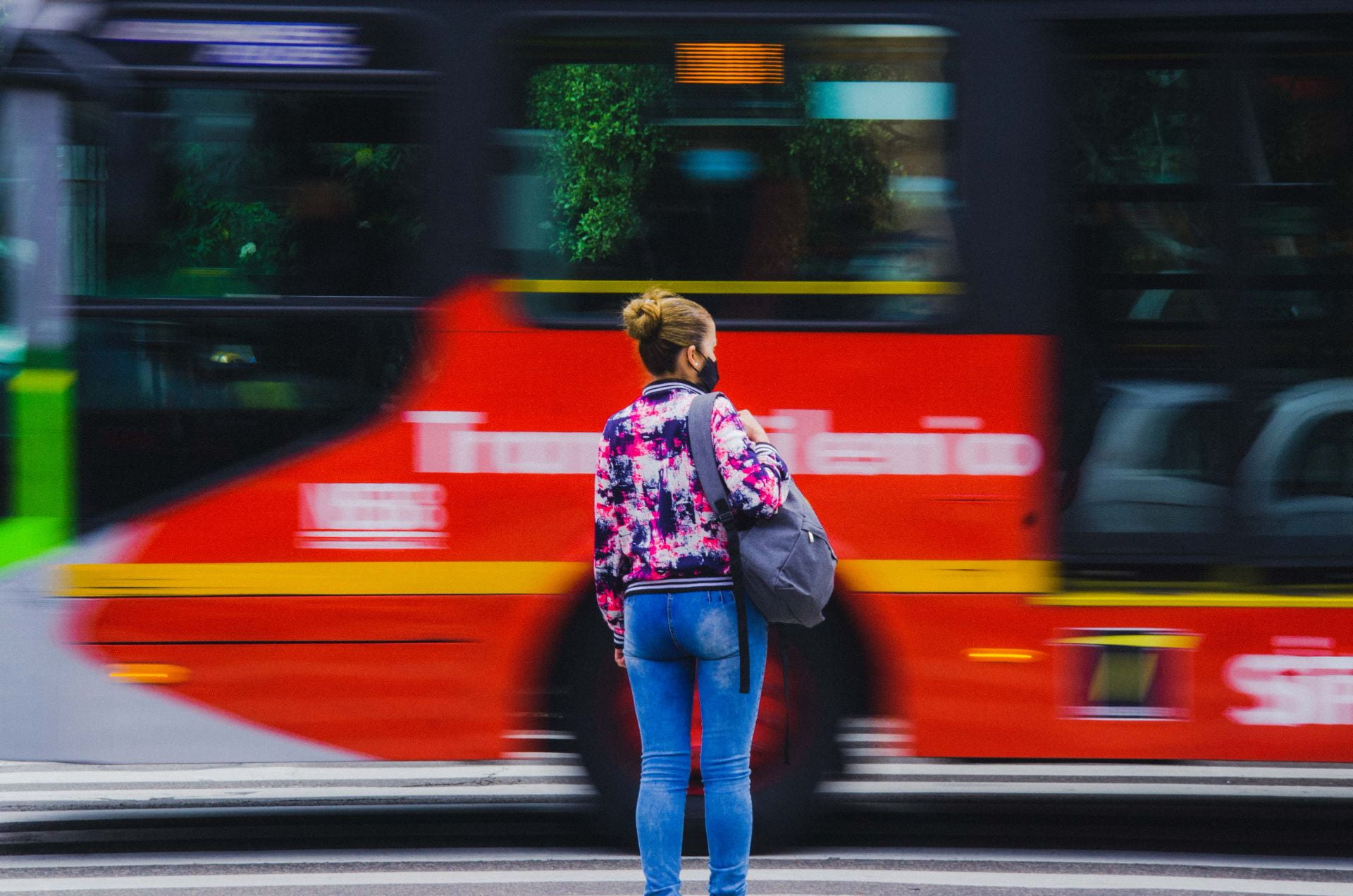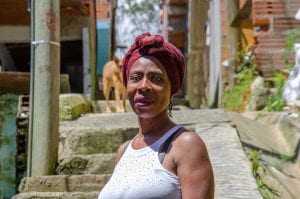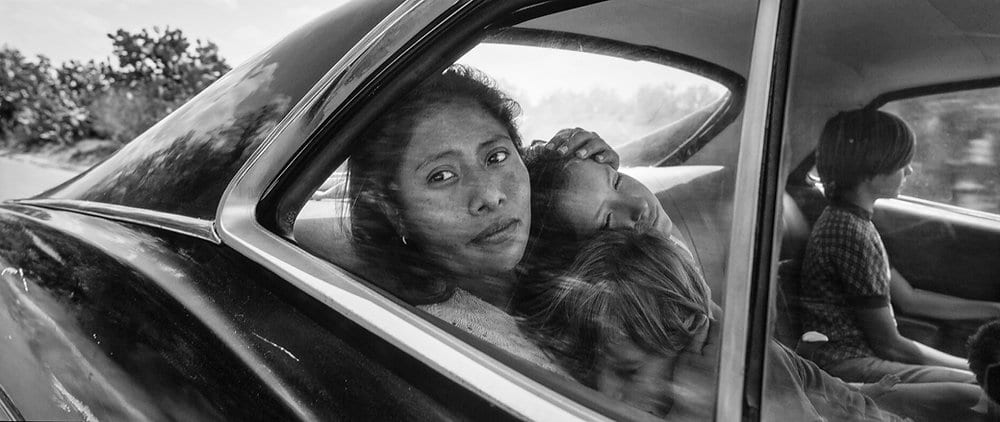SITE IN SPANISH
By Rachel Randall, Karoline Pelikan and Anahí Berneri
On 12 June 2024, we hosted a screening of the film Alanis (2017) by Argentine director Anahí Berneri at Kiln Cinema in London. The film focuses on the struggles of Alanis, a sex worker and young mother, who is living in Buenos Aires. Berneri recorded an introduction for our screening in which she discussed her surprise upon receiving the first version of the film’s script, which did not make it clear whether Alanis was a sex worker or a victim of sex trafficking. In this interview, Berneri discusses what inspired her to make Alanis, the research she undertook in preparation for shooting it, and whether or not she considers it to be a feminist film.
Why did you decide to make the film Alanis? What was the motive behind, or inspiration for, the film?
The inspiration, the idea for Alanís, came about or was triggered by a proposal from the Argentine Association of Actor Performers. They had been holding annual scriptwriting workshops for their actor members, and the prize for this contest was that a director would take on the task of filming the winning script, with production and funding from the Association. I was approached with the proposal for a short film, but the script wasn’t clear on whether it was about a sex worker or a trafficking victim. That was the first question I asked the screenwriter. It was really surprising to see that the screenwriter had no idea—they thought it was the same thing. So, I began to investigate, and this actor-screenwriter agreed to let us rewrite the script after researching with various associations that work with sex workers, abolitionist groups, and talking with women who work on the street and those who work privately—completely different situations.

What kind of research did you undertake before making the film (for example, to learn more about the experiences of sex workers)?
The research I conducted also involved reviewing current laws and policies, not just talking to workers, abolitionists, and associations. I even accessed surveys that discussed the type of population involved in sex work. One piece of data that caught my attention was that 80% of sex workers over the age of 25 were mothers. In the original script, Alanis was not a mother. I found it very interesting to portray the body of a woman who prostitutes herself while also being a mother. So, I started thinking that she should have a young child whom she breastfeeds. The idea of her sexualized mammary glands in her work transforming into nourishment for her baby was compelling to me.
Another part of my research involved municipal ordinances in Buenos Aires that were in place to evict and close properties used for sexual services. These ordinances required that such apartments be licensed as public service establishments, which was impossible because brothels are not legalized. This situation led to either eviction or extortion of sex workers by municipal agents. The lack of legal spaces for women to work forces them onto the streets or into the protection of pimps, who charge exorbitant fees for protection not from clients, but from municipal and security agents who threaten their livelihoods.
This turns the state into a victimizer, revictimizing women trying to survive through sex work. While I agree that the free choice of women to engage in sex work is often limited, given the reality that this might be their best option to avoid more degrading or precarious conditions, the current policies further exclude and victimize them instead of providing a legal framework for their subsistence.

Did you collaborate or dialogue with organisations that support sex workers while you were developing the film?
I spoke with associations like AMMAR, the Asociación de Mujeres Meretrices de Argentina, which, despite not being legalized, had a space in the CGT, the [Cámara General de Trabajo], during the previous government. The CGT, as an independent union, had given them a space, recognizing them even though there are no laws acknowledging them in the Ministry of Labor or in any other way. I also spoke with protective associations that defend women victims of trafficking, and I’ll check the name because I don’t remember right now—they get confused because they’re very similar.
It was very interesting because, during the filmmaking process, I tried to listen with open ears to both sides. I believe the film doesn’t take a stance or try to judge or provide answers. What happened was that at the premiere and during various discussions, I was invited by both types of associations at different times, and they both felt represented. They wanted to use the film to explain their perspective, believing it validated their stance. That was my intention, and I think it’s necessary—to talk about the lack of protection without prescribing what should be done or what’s right or wrong.
What do you think about the term “female gaze”? Does it mean anything to you? How did you use your gaze to frame desire as it is represented in the film (or, in other words, the objectification of the female body and/or the rejection of that objectification)?
The idea of a “female perspective” bothers me because it’s singular. I believe there are multiple female perspectives, male perspectives, and also trans perspectives. That’s what I believe. Regarding desire, I think that one directs, films, and creates from their own body. I completely agree with that. For me, as a screenwriter and director, and as a director of actors, I’m always filtering the stories I tell through my body. I think there’s something like “transvestism,” where you put on the character’s clothes, the character’s shoes, without prejudice, to understand the situation and be able to write and film it.

Would you say that Alanis is a feminist film, or do you prefer not to use that label for your creative works?
I don’t like it when people say Alanís is a feminist film or that my films are feminist. I’m comfortable being recognized as a feminist in my approach, not because I’m didactic or obedient to certain feminist movements, but because I address issues relevant to feminism. I think Alanís is a film that tackles an unresolved debate within feminism. Sex work is an unresolved debate within feminism, and it’s a topic that divides the movement, for sure. There are other issues within feminism that we still need to address, and I always try to focus on those areas. I’m not interested in cinema made to propagate a feminist policy, but rather in cinema that encourages reflection on issues that sometimes seem very clear-cut, stagnant, or unresolved.









